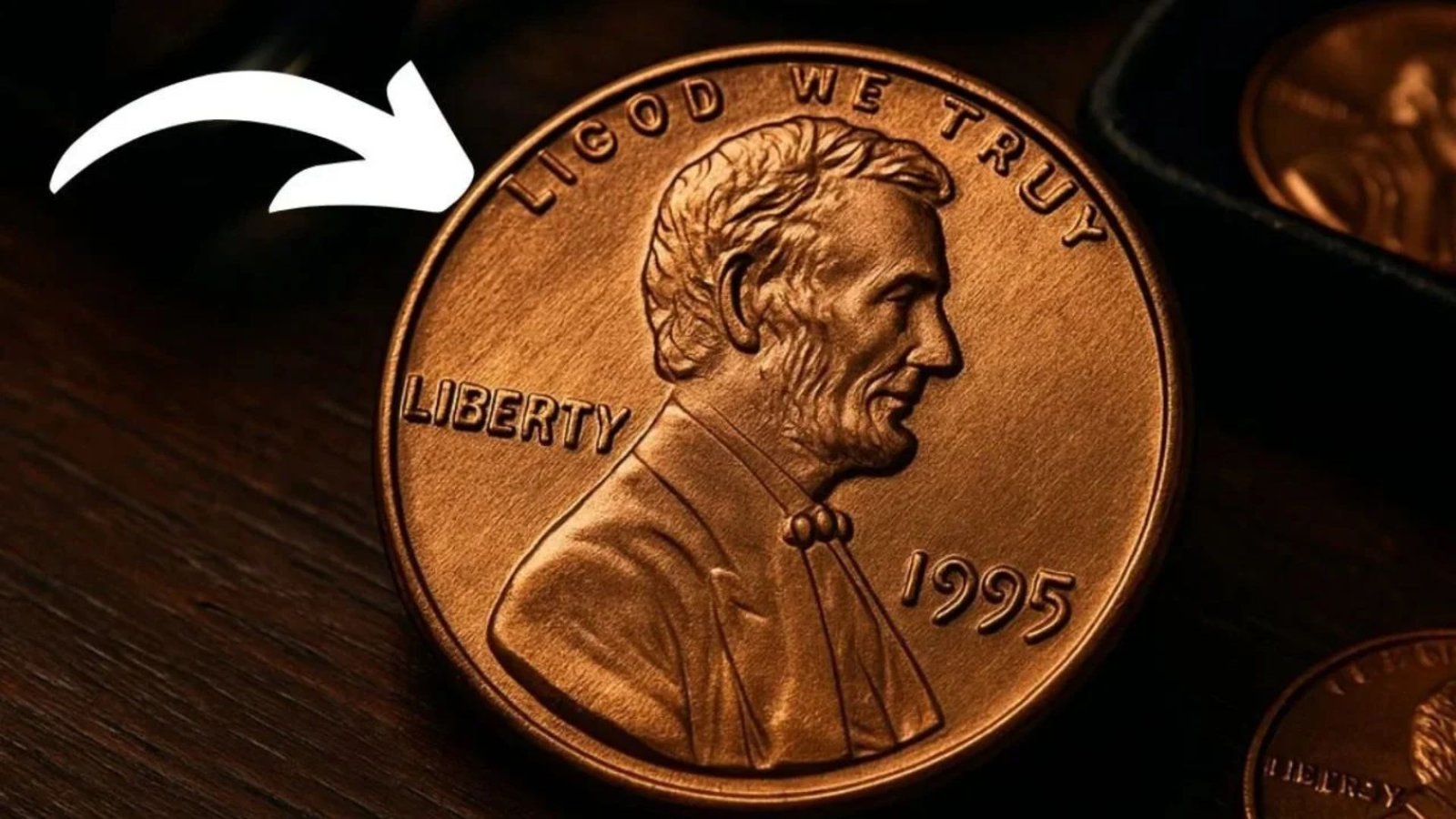Imagine this: you’re digging through a jar of loose change, and a penny catches your eye. Nothing unusual—until you notice something odd about the letters. That’s when you realize you’re holding a 1995 doubled die Lincoln cent, a coin that’s turned everyday pocket change into a collector’s dream for nearly three decades.
What Exactly Is the 1995 Doubled Die Lincoln Cent?
Think of it as a minting accident that became a star. Struck at the Philadelphia Mint (no “P” mint mark back then), the 1995 doubled die shows strong, clear doubling on the obverse—especially in the words LIBERTY and IN GOD WE TRUST. Unlike faint scratches or die wear, this doubling is bold and obvious, making it one of the easiest errors to spot with the naked eye.
It’s not a Wheat penny like the classics from the early 1900s, but collectors love it just as much. For many, this coin is the “gateway” into error collecting because it’s rare, recognizable, and still affordable compared to legendary doubled dies like the 1955.
The Discovery That Sparked a Frenzy
In 1995, a school custodian from Connecticut named Felix Dausilio cracked open a couple rolls of new pennies. One stood out immediately—the word LIBERTY looked doubled, almost like it had a ghostly echo. He brought it to a coin show, and soon the hobby world was buzzing. Collectors compared it to the famous 1972 doubled die, and by spring of that year, the coin was featured in the Red Book—America’s coin bible. Suddenly, people everywhere were checking their change like detectives on a treasure hunt.
Why It Still Matters Today
The 1995 doubled die isn’t just another error coin—it represents the last major doubled die variety before modern minting technology drastically reduced mistakes like this. With over 6.4 billion pennies minted in 1995, only a small fraction carry this dramatic error. That mix of “still out there in circulation” and “hard to find” keeps collectors hooked.
It’s also an affordable way into rare coins. Beginners can snag circulated examples for $5–$10, while higher-grade pieces can climb into the hundreds—or even thousands—without requiring a millionaire’s budget.
How to Spot One in Your Pocket Change
Grab a magnifying glass and flip over a 1995 penny. Check the obverse (Lincoln’s head side):
- LIBERTY → the letters look thick, doubled, and rounded.
- IN GOD WE TRUST → doubling is strongest in the words “GOD” and “WE.”
- The date (1995) may also show faint doubling.
If you see those bold double lines, congrats—you’ve got something special.
Value Guide: From Spare Change to Treasure
Here’s what the 1995 doubled die penny is worth, depending on condition:
| Grade | Condition | Estimated Value |
|---|---|---|
| MS-63 | Choice Uncirculated | $20–$40 |
| MS-65 | Gem Uncirculated | $50–$70 |
| MS-67 RD | Superb Gem Red | $80–$100 |
| MS-69 RD | Near Perfect | $1,000–$5,000+ |
Circulated examples typically run $5–$10, but uncirculated “red” coins are the true prizes.
Cool Collector Facts
- Ranked #56 in 100 Greatest U.S. Modern Coins.
- First discovered by a school custodian, sparking one of the biggest coin hunts of the 1990s.
- Helped a new generation of collectors learn how to spot doubled dies.
- Sits proudly alongside legends like the 1955 doubled die (worth $100,000+) and the 1972 doubled die (worth $500+).
Tips from the Pros
- Hunt bank rolls—fresh rolls are your best shot.
- Store finds in albums, away from light, to preserve that bright red luster.
- Consider grading through PCGS or NGC if your coin looks gem-quality.
Final Thoughts
The 1995 doubled die Lincoln cent proves you don’t need a time machine to strike coin gold—sometimes it’s hiding right in your change jar. From Felix Dausilio’s life-changing discovery to collectors still finding them today, this penny is more than currency—it’s a piece of numismatic history. So grab a magnifier, check those pennies, and remember: the next coin you spend on coffee might just be worth a collector’s fortune.
